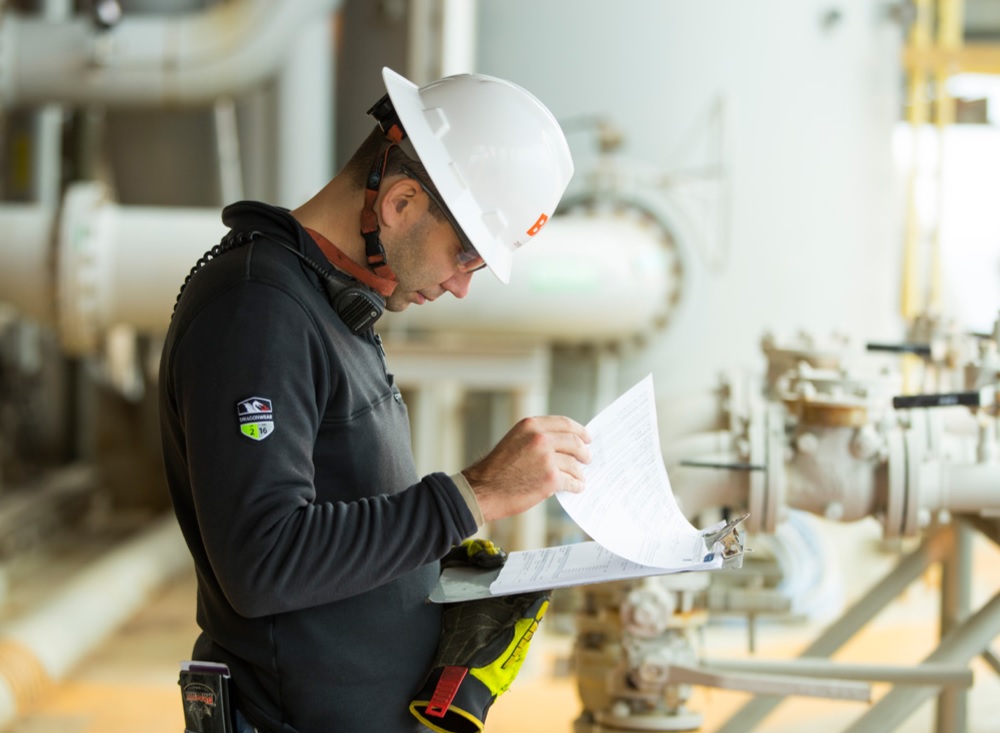BHP has provided an update on its progress on climate action, new climate commitments and how it integrates climate change into corporate strategy and portfolio decisions in a new report.
The company’s climate change approach focuses on reducing operational greenhouse gas emissions, investing in low emissions technologies, promoting product stewardship, managing climate-related risk and opportunity, and partnering with others to enhance the global policy and market response, it says.
“BHP supports the aim of the Paris Agreement to limit global warming to well below 2°C above pre-industrial levels, and pursue efforts to limit warming to 1.5°C,” the company clarified.
It explained: “BHP has been active in addressing climate risks for more than two decades, and has already established its long-term goal of achieving net zero operational (Scope 1 and 2) emissions by 2050 and its short-term target of maintaining operational emissions at or below financial year (FY) 2017 levels by FY2022, using carbon offsets as required.”
In the past year, BHP has made progress on this aim, announcing that the Escondida and Spence copper mines in Chile will move to 100% renewable energy by the mid-2020s, and, last week, awarding new renewable energy contracts for its Queensland coal assets, and the world’s first LNG-fuelled Newcastlemax bulk carrier tender.
BHP’s climate change briefing and 2020 climate change report outline how the company will accelerate its own actions and help others to do the same, it said. Today’s update sets out:
- A medium-term target to reduce operational greenhouse gas emissions by at least 30% from adjusted FY2020 levels by FY2030;
- Scope 3 actions to contribute to decarbonisation in its value chain. This includes supporting the steelmaking industry to develop technologies and pathways capable of 30% emissions intensity reduction with widespread adoption expected post-2030 and, in terms of transportation, supporting emissions intensity reduction of 40% in BHP-chartered shipping of products;
- Strengthened linking of executive remuneration to delivery of BHP’s climate plan; and
- Insight into the performance of BHP’s portfolio in a transition to a 1.5°C scenario.
The report also outlined some examples of emission reduction projects the miner is considering, which will be weighed as part of the maintenance capital category of its capital allocation framework. This includes solar power installations; alternative material movement technologies such as overland conveyors and in-pit crush and convey solutions; and trolley assist to displace diesel for haul trucks.
The company expanded on this in its report: “The path to electrification of mining equipment will likely include solutions such as trolley assist, in-pit crush and convey, overland conveyors and battery solutions.
“Diesel displacement represents a higher risk, higher capital step towards decarbonisation, so a phased approach to execution is proposed with particular emphasis on Minerals Americas-operated assets that are further advanced on the decarbonisation journey. Taking a transitional approach to electrification provides flexibility to allow for the potential for rapid development of emerging technologies and to resolve the complexities of integrating these technologies into existing operations.
“During FY2021, we will seek to collaborate further with International Council on Mining and Metals members, industry and original equipment manufacturers to progress research and development to reduce costs and assess any potential impacts from electrified mining equipment solutions to replace current diesel options.”
BHP Chief Executive Officer, Mike Henry, said of the report: “I’m pleased today to show how we are accelerating our own actions and helping others to do the same in addressing climate change. We see ourselves as accountable to take action. We recognise that our investors, our people and the communities and nations who host our operations or buy our products have increasing expectations of us – and are responsive to these.
“Our approach to climate change is defined by a number of key requirements. Our actions must be of substance. They must be real, tangible actions to drive emissions down. We must focus on what we can control inside our business, and work with others to help them reduce emissions from the things that they control. To create long-term value and returns over generations, we must continue to generate value and returns within the strong portfolio we have today, while shaping our portfolio over time to benefit from the megatrends playing out in the world including decarbonisation and electrification.
“Our portfolio is well positioned to support the transition to a lower carbon world aligned with the Paris Agreement. Our commodities are essential for global economic growth and the world’s ability to transition to and thrive in a low carbon future. Climate change action makes good economic sense for BHP and enables us to create further value.”










